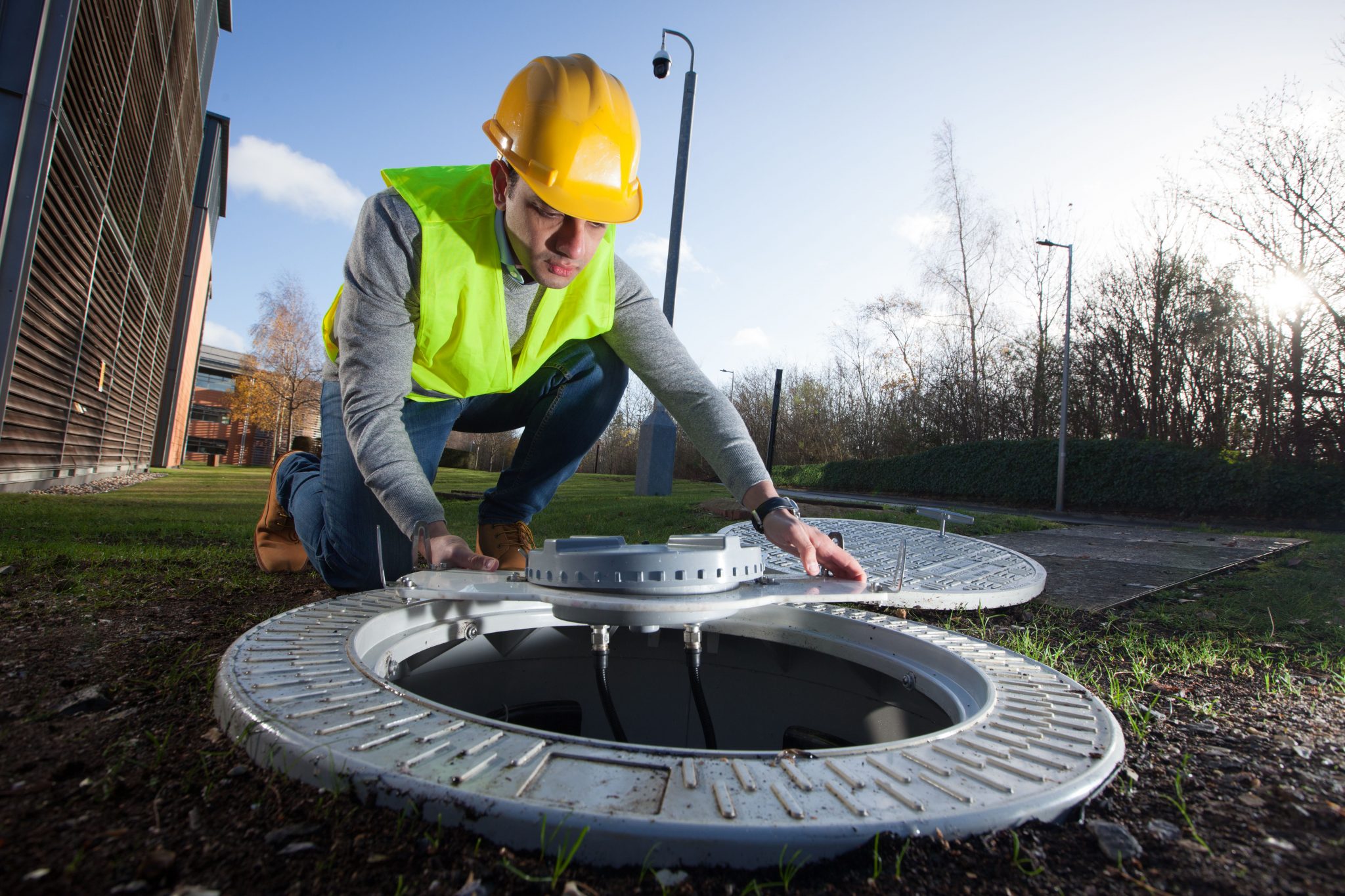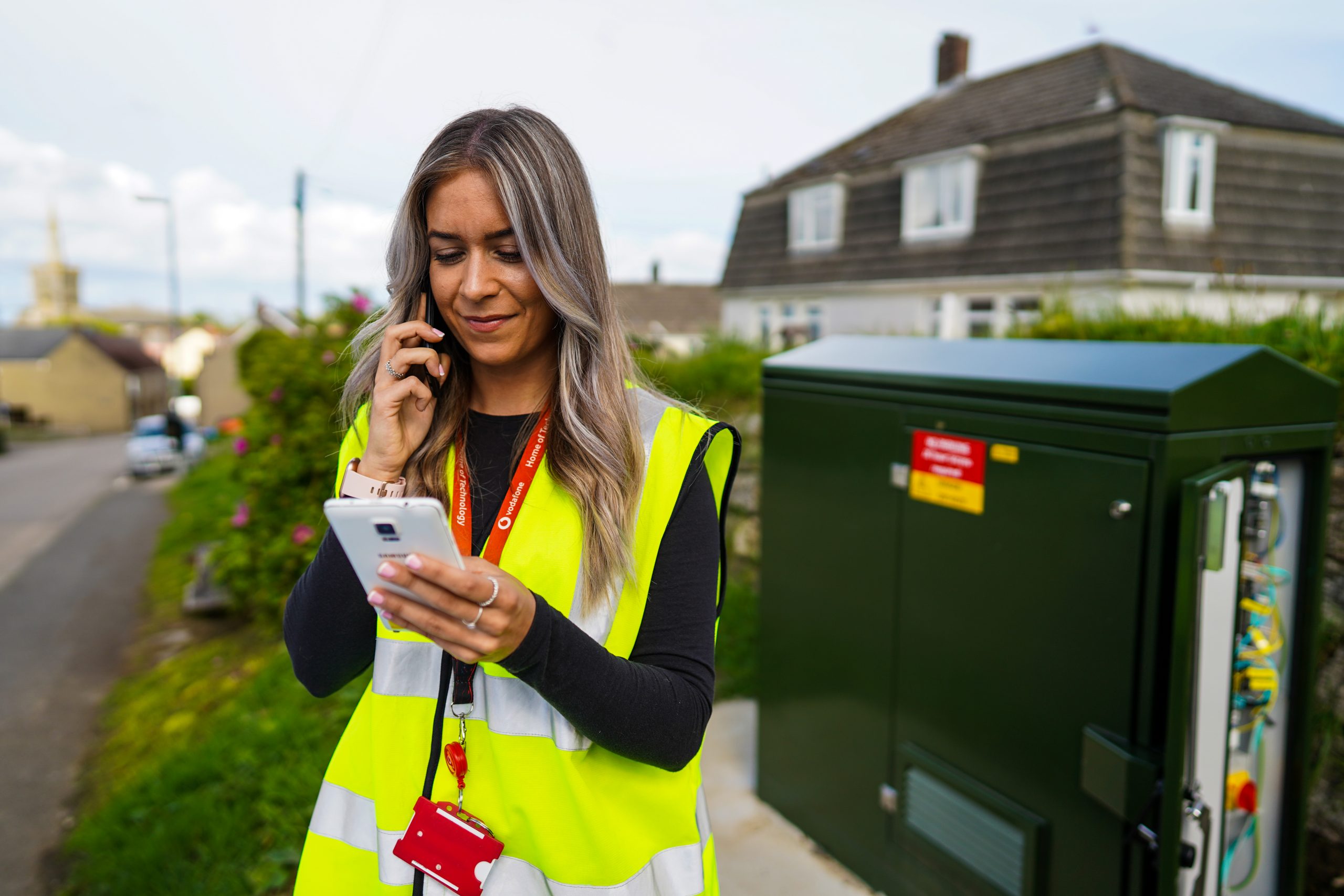
Manhole covers of the Victorian era to help build the 5G cities of tomorrow
Vodafone is lifting the lid on manhole covers old and new to install small antennae below street level to help improve 4G mobile coverage for customers in busy urban areas.
Building on its heritage of innovation, Vodafone is using inventive ways to expand and strengthen its network. This includes housing mobile equipment within street furniture such as manhole covers, lamp-posts and phone boxes to increase the speed and extend the coverage of a mobile signal along busy roads, town squares and in shopping and entertainment areas.
The manhole cover antennae can be installed with minimal disruption to local people – no street works or construction – and without changing the look of the area, as the kit is below ground. They are connected using Vodafone’s all fibre high speed converged network across the UK, which also supports other mobile technologies, home broadband, Internet of Things (IoT) and business services.
By connecting the manhole covers to this network, we can provide great 4G coverage now, and easily upgrade them to 5G in the future. These fibre-connected 5G-enabled small antennae are the foundation on which connected smart cities will be built. 5G connectivity will allow connected traffic lights instantly to reroute road traffic around congestion, councils automatically to schedule repairs for broken infrastructure like street lighting, and businesses to manage how much energy they use intelligently.
Vodafone has installed two types of mobile-enabled manhole covers at its Newbury office and technology centre. One of these is a purpose-built, reinforced unit similar in size to a water butt sunk into the ground, and the other uses an existing cast iron manhole cover. They can carry calls and provide fast internet access over a 200 metre radius without consuming much power.
In addition to Newbury, Vodafone is looking to roll out 4G under both its own manhole covers, inherited as part of its acquisition of Cable & Wireless Worldwide in 2012, and those of utility providers across the UK.
We are already fitting the roofs of traditional phone boxes with small 4G antennae, starting in Princes Street, Edinburgh – a popular shopping and tourist destination – in time for the Hogmanay celebrations. Using phone boxes to house antennae is another great way of increasing the speed and capacity of a 4G signal at street level. It is also useful for extending 4G in areas of outstanding beauty and remote places where a mobile mast is difficult to install as they rely on a power supply and fibre optic cable connections.
Vodafone UK Chief Executive Nick Jeffery said: “We are committed to providing customers with the best network possible by drawing on our strengths in innovation and strong UK heritage. It is great to be able to use yesterday’s infrastructure – from phone boxes to manhole covers – to deliver the services of tomorrow. This is one of the ways we are extending our 4G services to areas other networks cannot reach, and getting ready for 5G.”
– ends –




